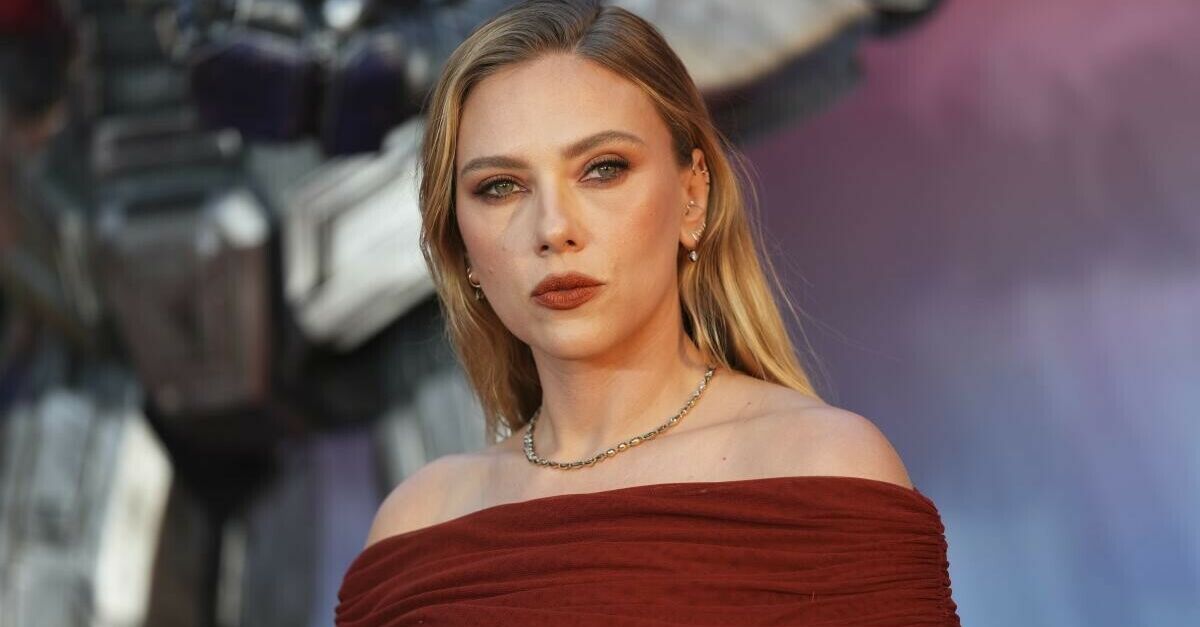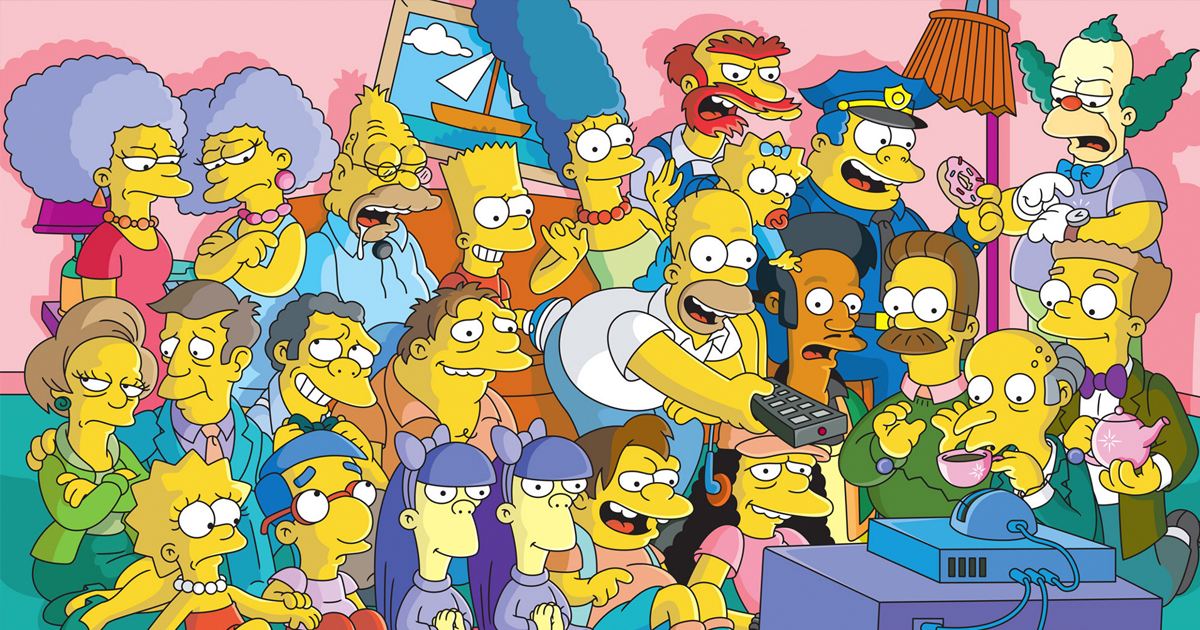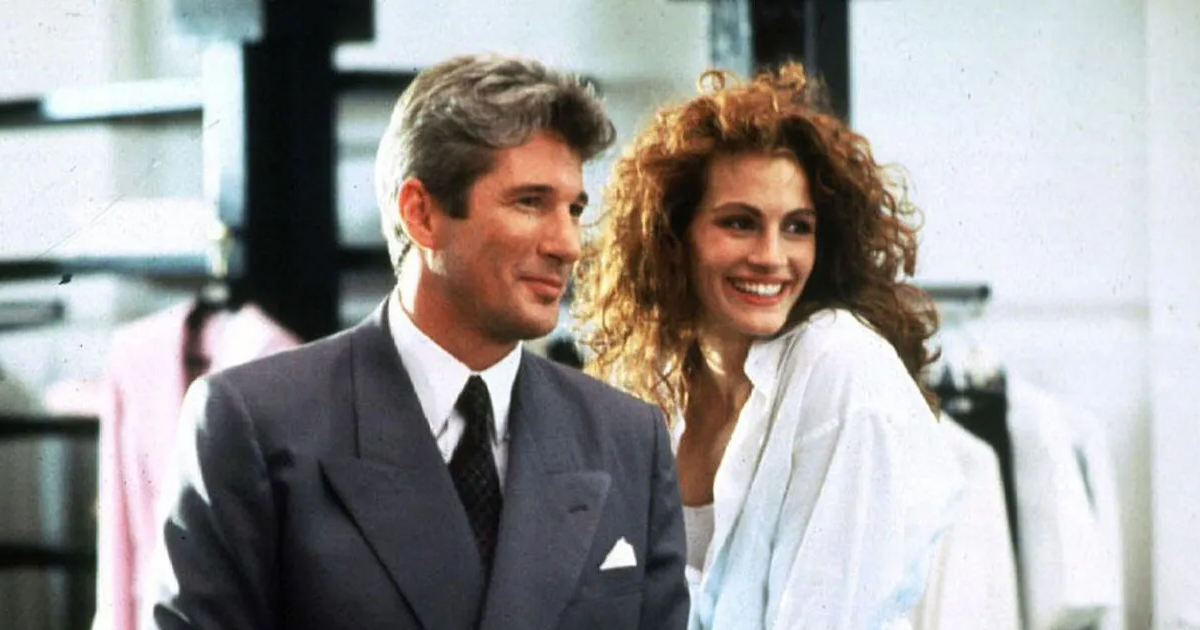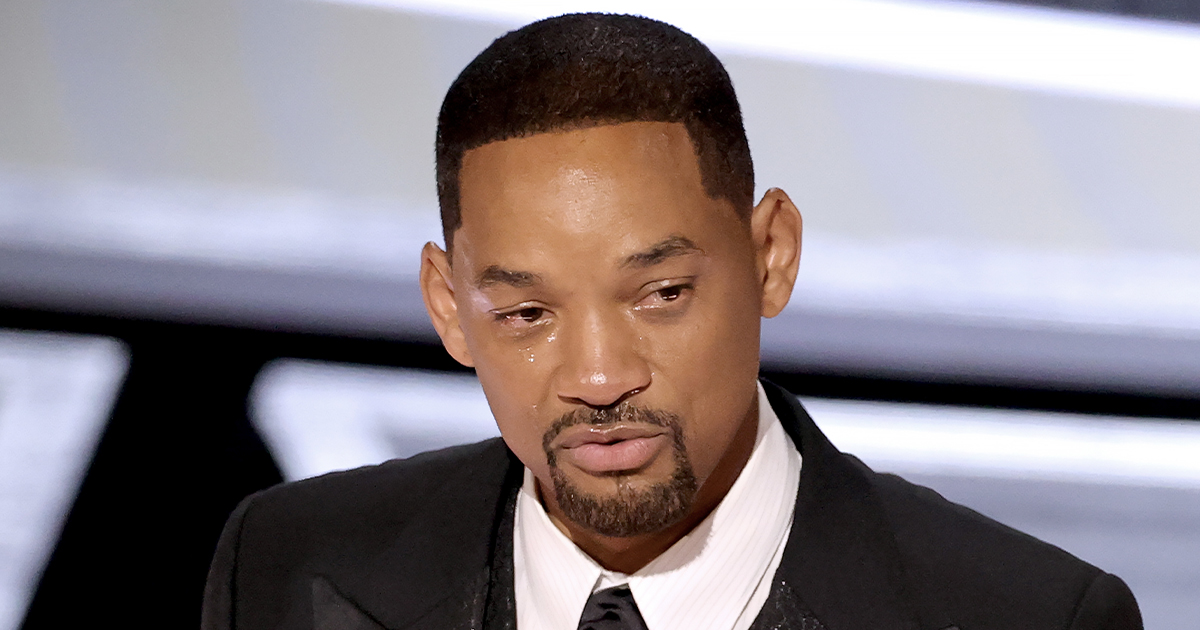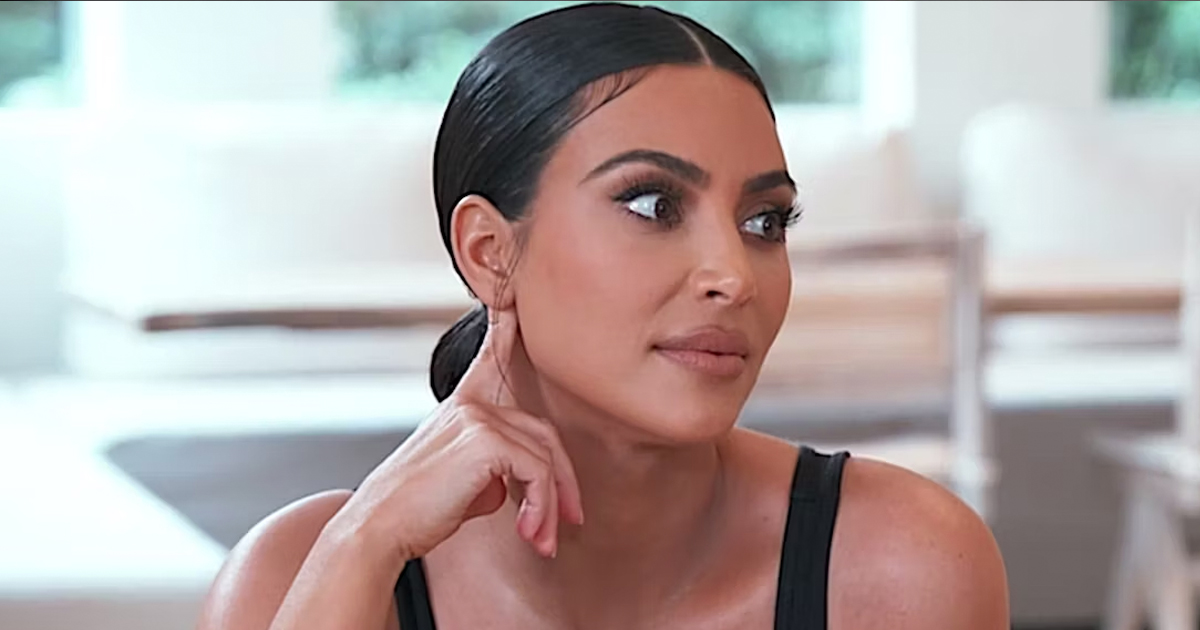Hollywood Decided Talent Wasn’t The Right Look
Behind some iconic performance lies another that never happened—scrapped because the actor didn’t “look right,” sidelined by something as trivial as body type, age, or bone structure.

Andrew Garfield
Before donning Spider-Man’s mask, Andrew Garfield endured one of Hollywood’s more superficial snubs. During auditions for The Chronicles of Narnia: Prince Caspian, casting directors reportedly told him he wasn’t “handsome enough” to play the royal lead. Ben Barnes ultimately won the role, while Garfield walked away questioning the industry’s narrow ideal of beauty.
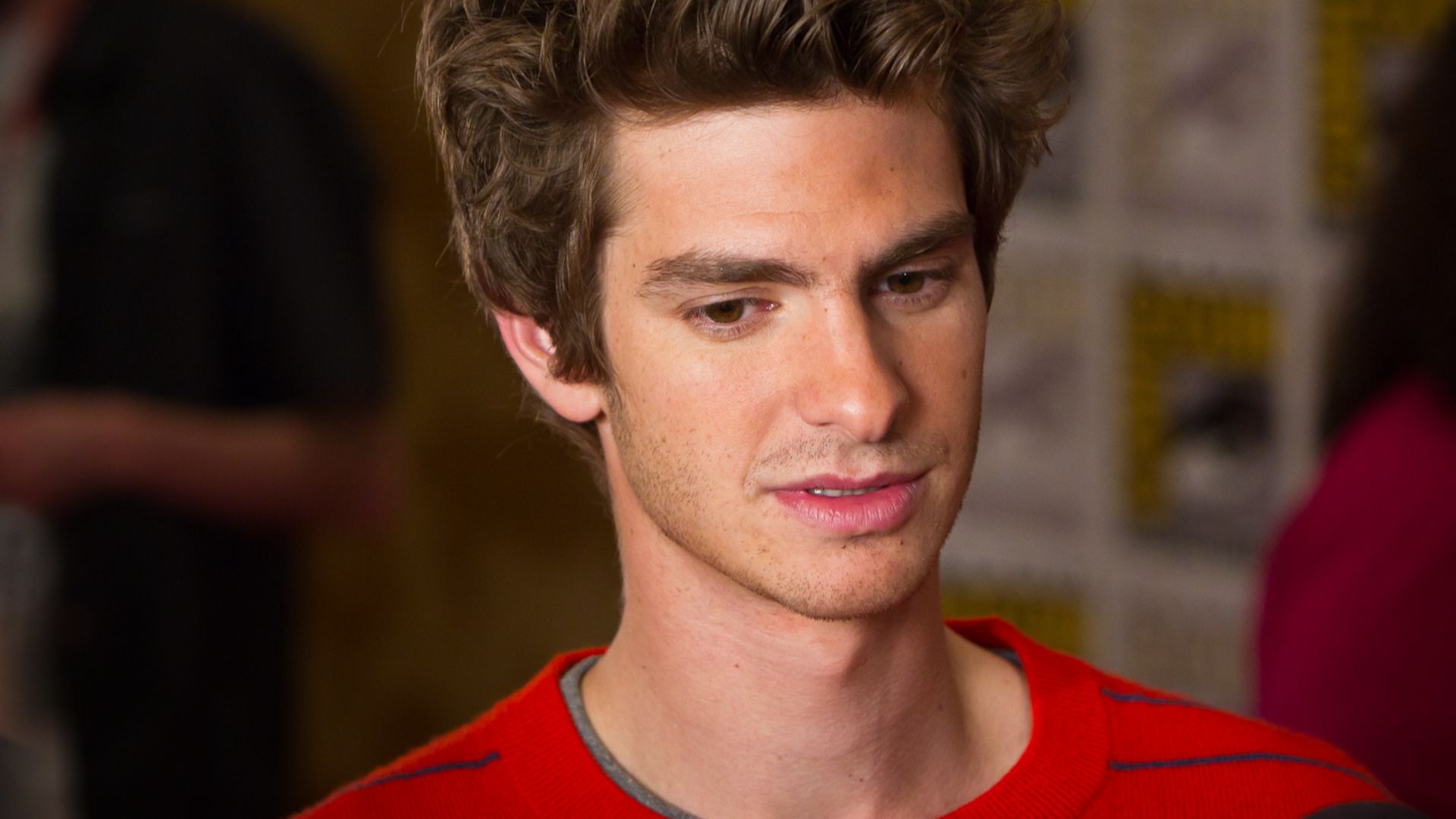 Gerald Geronimo, Wikimedia Commons
Gerald Geronimo, Wikimedia Commons
Andrew Garfield (Cont.)
The irony proved poetic—his later success and critical acclaim showed how authentic vulnerability often outshines symmetrical perfection. Garfield’s rejection remains a quiet critique of Hollywood’s fixation on surface-level charm with no regard to real talent.
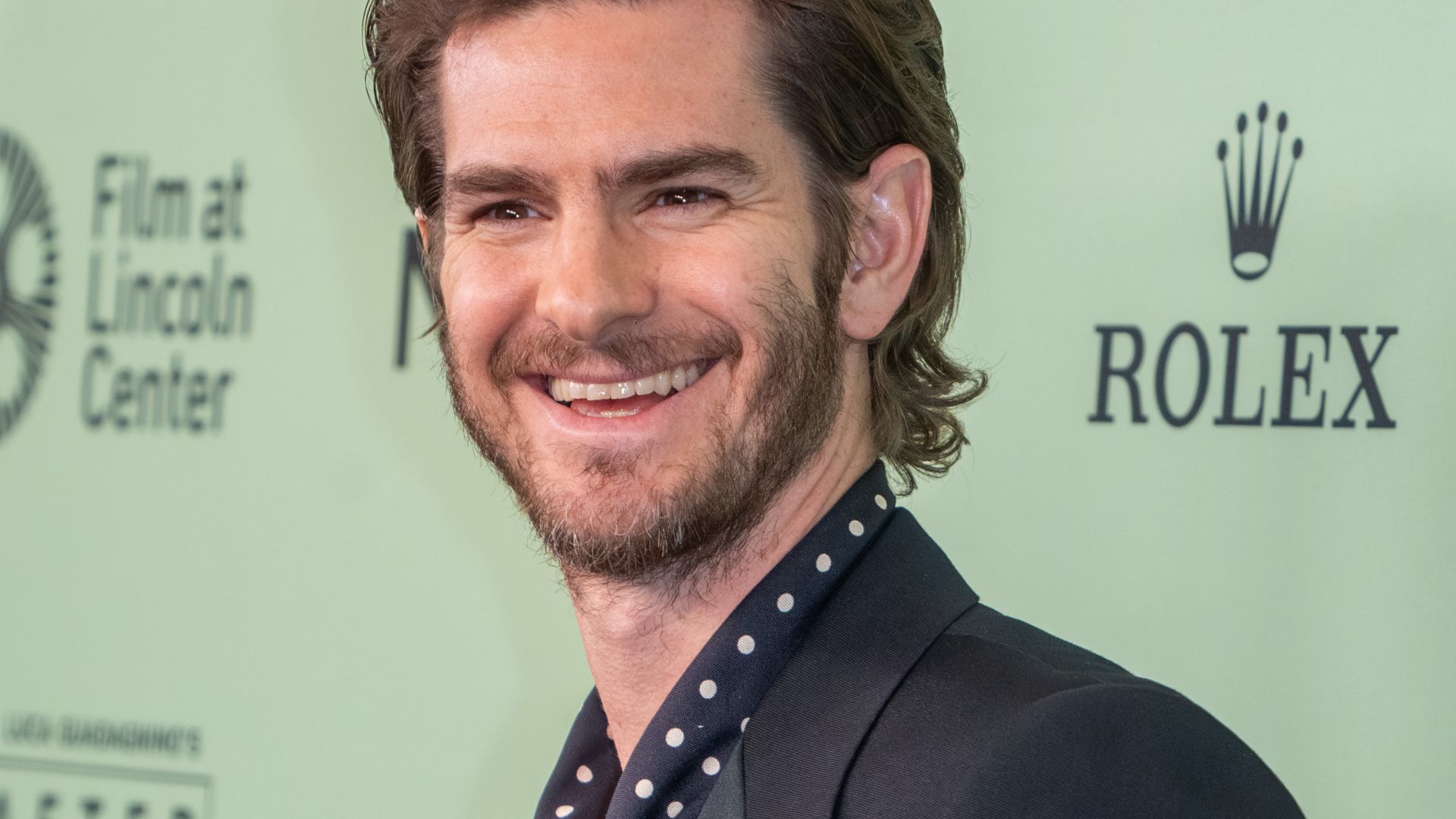 Bryan Berlin, Wikimedia Commons
Bryan Berlin, Wikimedia Commons
Chris Pratt
Currently, Marvel’s witty Star-Lord, Chris Pratt, was repeatedly told he didn’t have the right look for leading roles. Casting directors labeled him “too schlubby” and lacking that elusive “it factor,” and this shut him out of franchises like Avatar, Star Trek, and GI Joe. Instead of giving up, Pratt reinvented himself both physically and professionally.
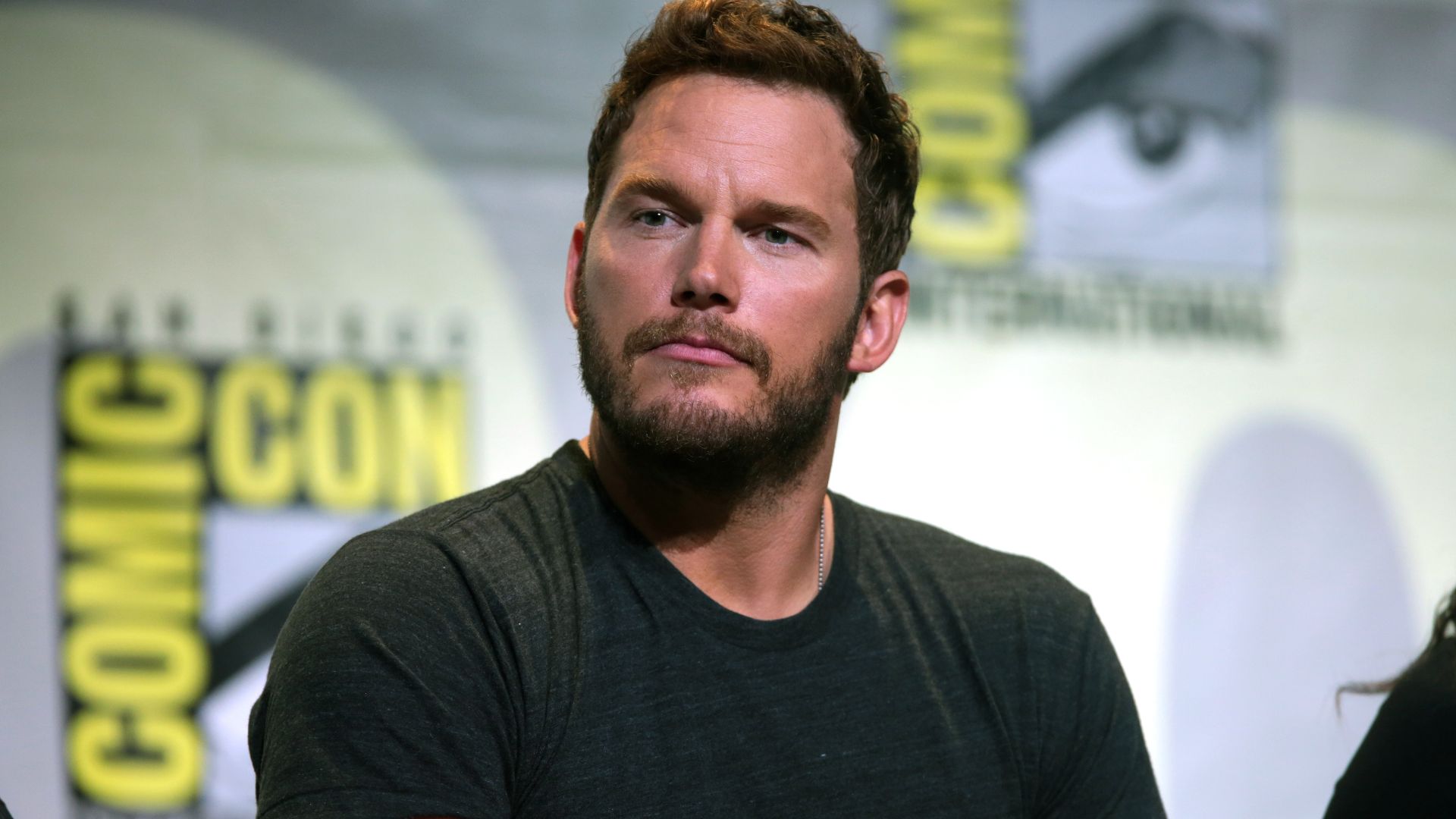 Gage Skidmore from Peoria, AZ, United States of America, Wikimedia Commons
Gage Skidmore from Peoria, AZ, United States of America, Wikimedia Commons
David Harbour
Early on, David Harbour discovered how merciless Hollywood can be toward anyone who doesn’t fit its definition of “leading man”. Casting directors dismissed him as “not handsome enough,” even rejecting him for romantic-comedy roles on that basis.
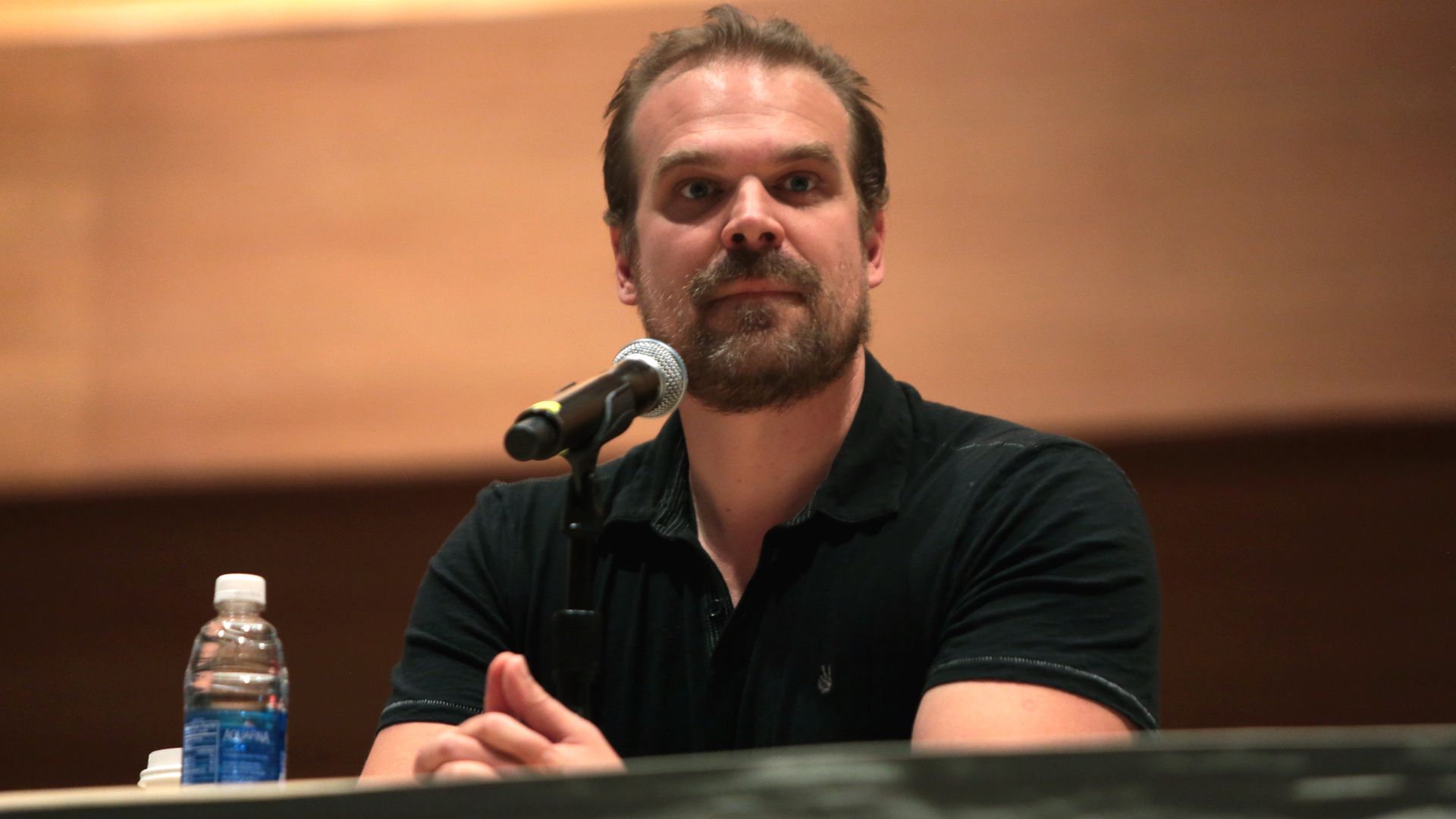 Gage Skidmore from Peoria, AZ, United States of America, Wikimedia Commons
Gage Skidmore from Peoria, AZ, United States of America, Wikimedia Commons
David Harbour (Cont.)
One particularly absurd moment came when he was labeled “too fat” to portray The Blob in X-Men Origins: Wolverine—a character known for his massive size. Harbour’s persistence turned those shallow judgments into motivation, proving that charisma and authenticity outlast any conventional measure of beauty.
 Gage Skidmore from Peoria, AZ, United States of America, Wikimedia Commons
Gage Skidmore from Peoria, AZ, United States of America, Wikimedia Commons
Scarlett Johansson
Despite being synonymous with blockbuster glamour, Scarlett Johansson previously faced repeated scrutiny over her looks and casting choices. Director David Fincher once praised her Girl with the Dragon Tattoo audition but deemed her “too sensual” for the role.
 YantsImages, Wikimedia Commons
YantsImages, Wikimedia Commons
Scarlett Johansson (Cont.)
Years later, controversy surrounded her casting in Ghost in the Shell and Rub & Tug, both of which raised questions about authenticity in representation. Her decision to step away from Rub & Tug marked a turning point, signaling Hollywood’s growing awareness that true inclusion demands more than star power.
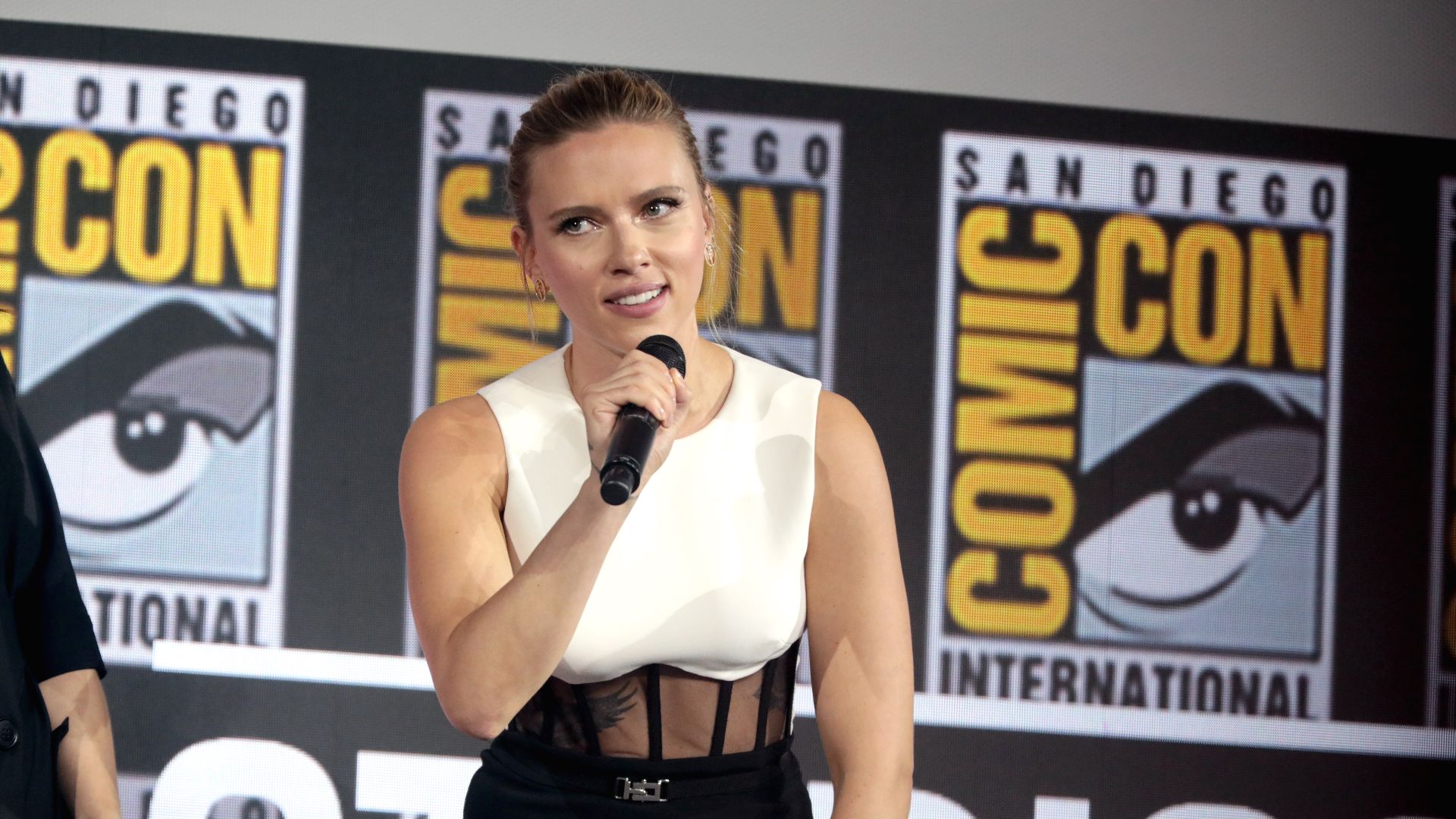 Gage Skidmore from Peoria, AZ, United States of America, Wikimedia Commons
Gage Skidmore from Peoria, AZ, United States of America, Wikimedia Commons
Rebel Wilson
Few journeys expose Hollywood’s typecasting more clearly than Rebel Wilson’s. After being rejected five times by Australia’s National Institute of Dramatic Art, she entered an industry eager to box her into one role: the “funny fat girl”. Agents even encouraged her to maintain her size to stay marketable.
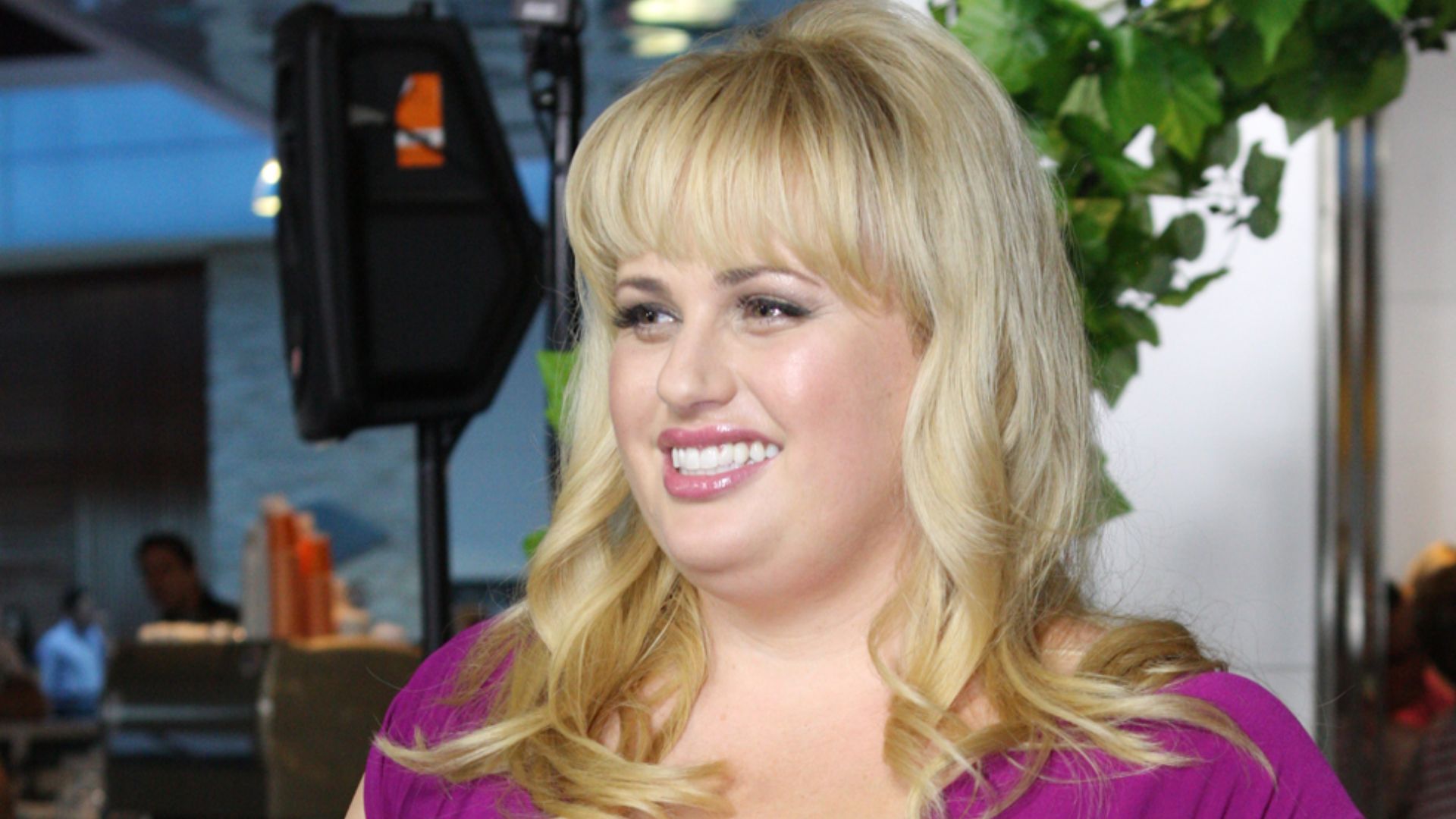 Eva Rinaldi, Wikimedia Commons
Eva Rinaldi, Wikimedia Commons
Lea Michele
Critics told Lea Michele early in her career that she wasn’t “pretty enough for film or television,” even urging her to consider rhinoplasty instead. The sting of those rejections reflected a larger bias that Hollywood’s persistent preference for certain facial features over genuine talent.
 https://www.flickr.com/photos/lunchboxstudios/, Wikimedia Commons
https://www.flickr.com/photos/lunchboxstudios/, Wikimedia Commons
Lea Michele (Cont.)
Michele ignored the pressure and forged ahead, eventually earning acclaim on Broadway and television. Her success highlights how the industry’s obsession with appearance often underestimates resilience and skill. In defying cosmetic conformity, she became a quiet example of self-acceptance in show business.
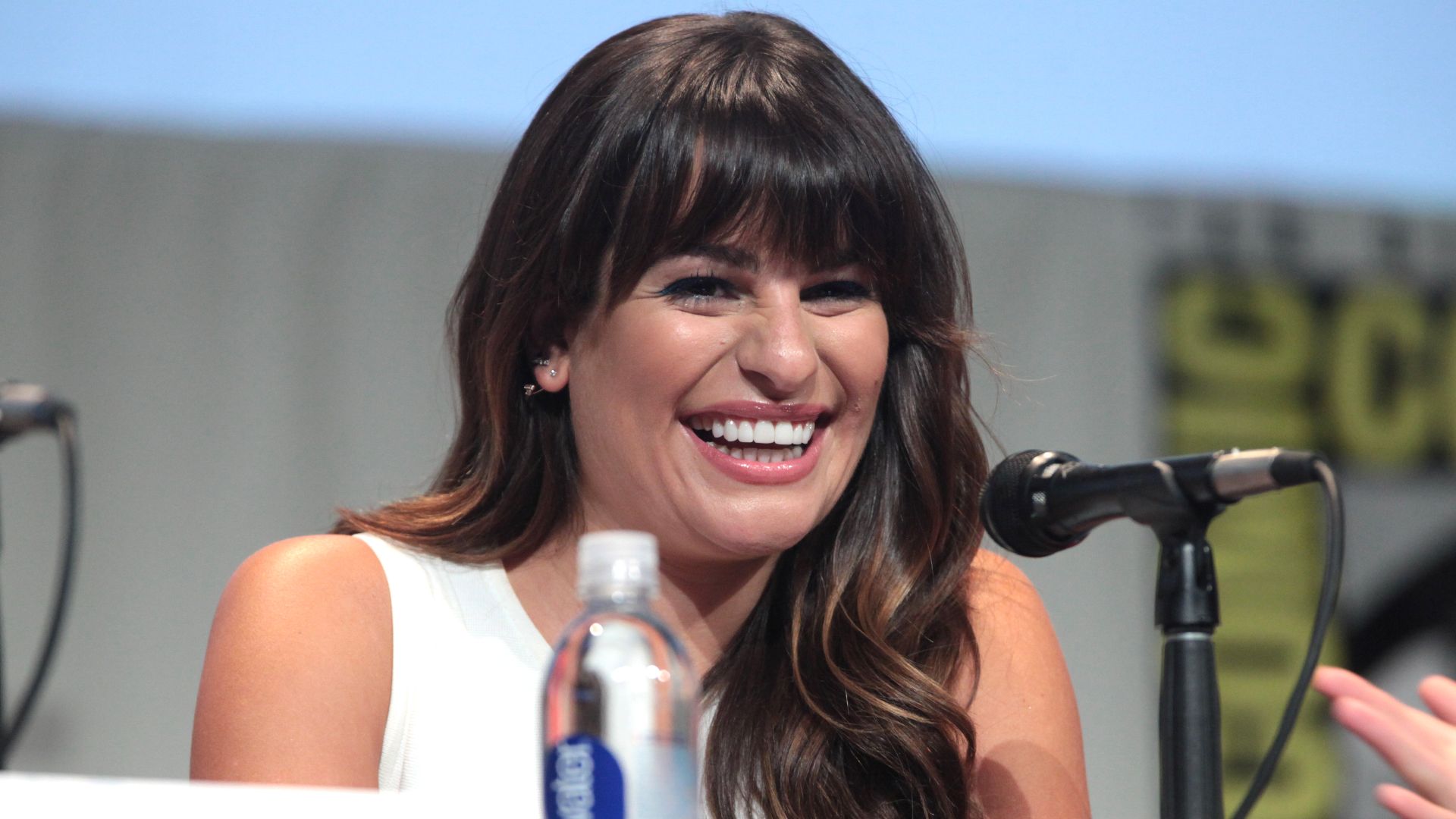 Gage Skidmore from Peoria, AZ, United States of America, Wikimedia Commons
Gage Skidmore from Peoria, AZ, United States of America, Wikimedia Commons
Mindy Kaling
Rejection took on a cruel irony for Mindy Kaling. During an early audition for a sketch show, she was told she wasn’t “attractive enough” to play herself. Years later, executives gave the same feedback about a pilot based on her own life, insisting a “more attractive” actress take the lead.
 Montclair Film, Wikimedia Commons
Montclair Film, Wikimedia Commons
Mindy Kaling (Cont.)
Despite the insult, Kaling stayed true to her creative instincts. Her writing and humor redefined what a television heroine could look and sound like. Those early dismissals ultimately spotlighted her brilliance and the industry’s blind spots.
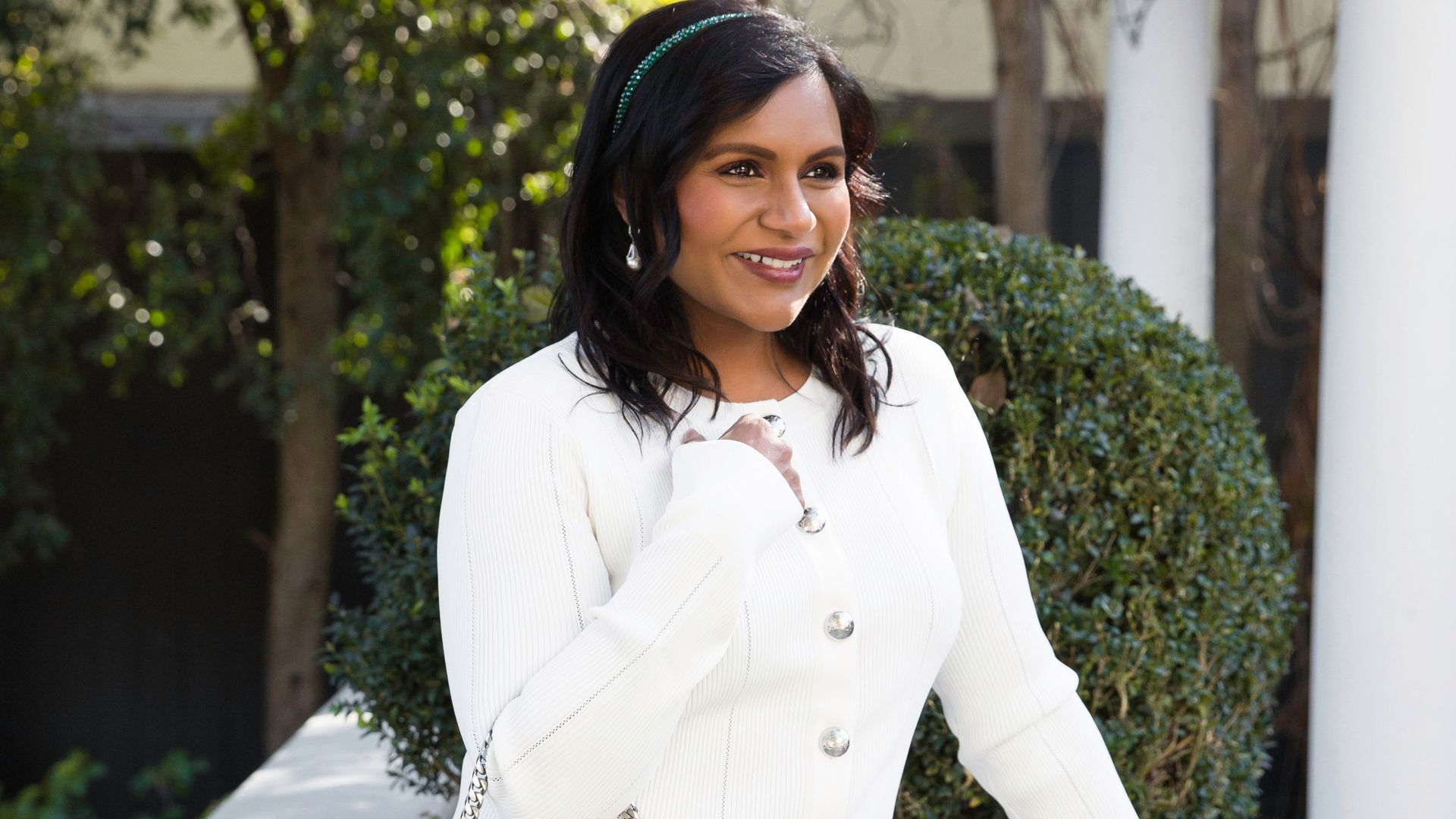 Claire Leahy, Wikimedia Commons
Claire Leahy, Wikimedia Commons
Meryl Streep
An offhand insult nearly derailed what would become one of cinema’s greatest careers. During her 1976 King Kong audition, producer Dino De Laurentiis mocked Meryl Streep in Italian, asking why anyone had brought him “this ugly thing”. She understood every word.
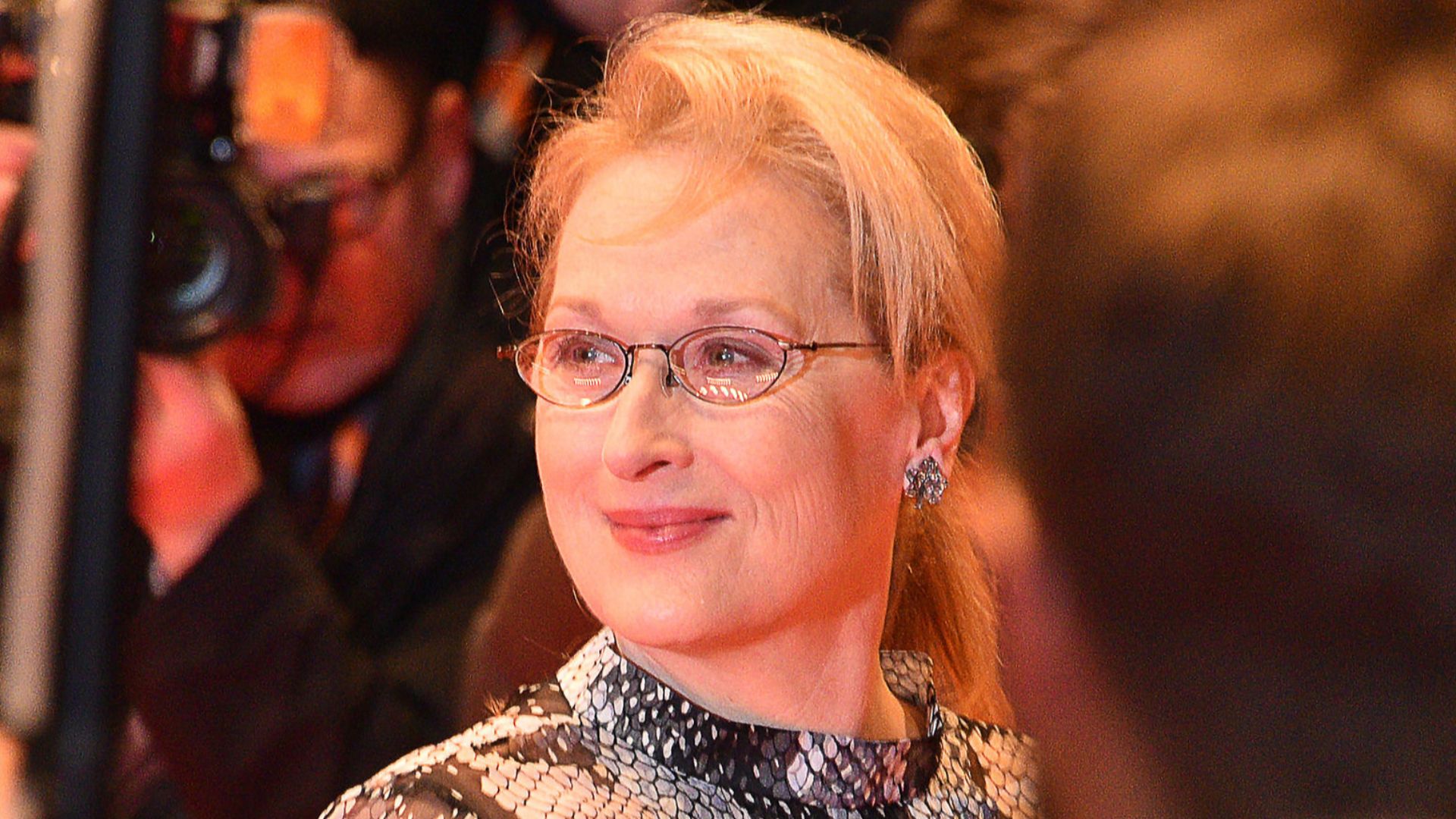 www.GlynLowe.com from Hamburg, Germany, Wikimedia Commons
www.GlynLowe.com from Hamburg, Germany, Wikimedia Commons
Meryl Streep (Cont.)
Instead of breaking her spirit, the comment fueled her resolve. Streep transformed that moment of humiliation into a lifelong commitment to authenticity and excellence. Decades later, her record-setting Oscar nominations stand as the most eloquent rebuttal to Hollywood’s obsession with appearances.
 Kevin Payravi, Wikimedia Commons
Kevin Payravi, Wikimedia Commons
Jessica Chastain
Breaking into Hollywood was an uphill climb for Jessica Chastain, not because of talent but because of typecasting. Early auditions often ended with the same refrain—she didn’t fit the ideal. After long and discouraging rejections, it would’ve been easy to give up.
 Harald Krichel, Wikimedia Commons
Harald Krichel, Wikimedia Commons
Jessica Chastain (Cont.)
However, Chastain confronted those perceptions head-on, questioning why substance and sensuality couldn’t coexist. Her eventual rise to critical acclaim wasn’t just a personal victory; it exposed how Hollywood’s obsession with one aesthetic blinds it to the power of range and authenticity.
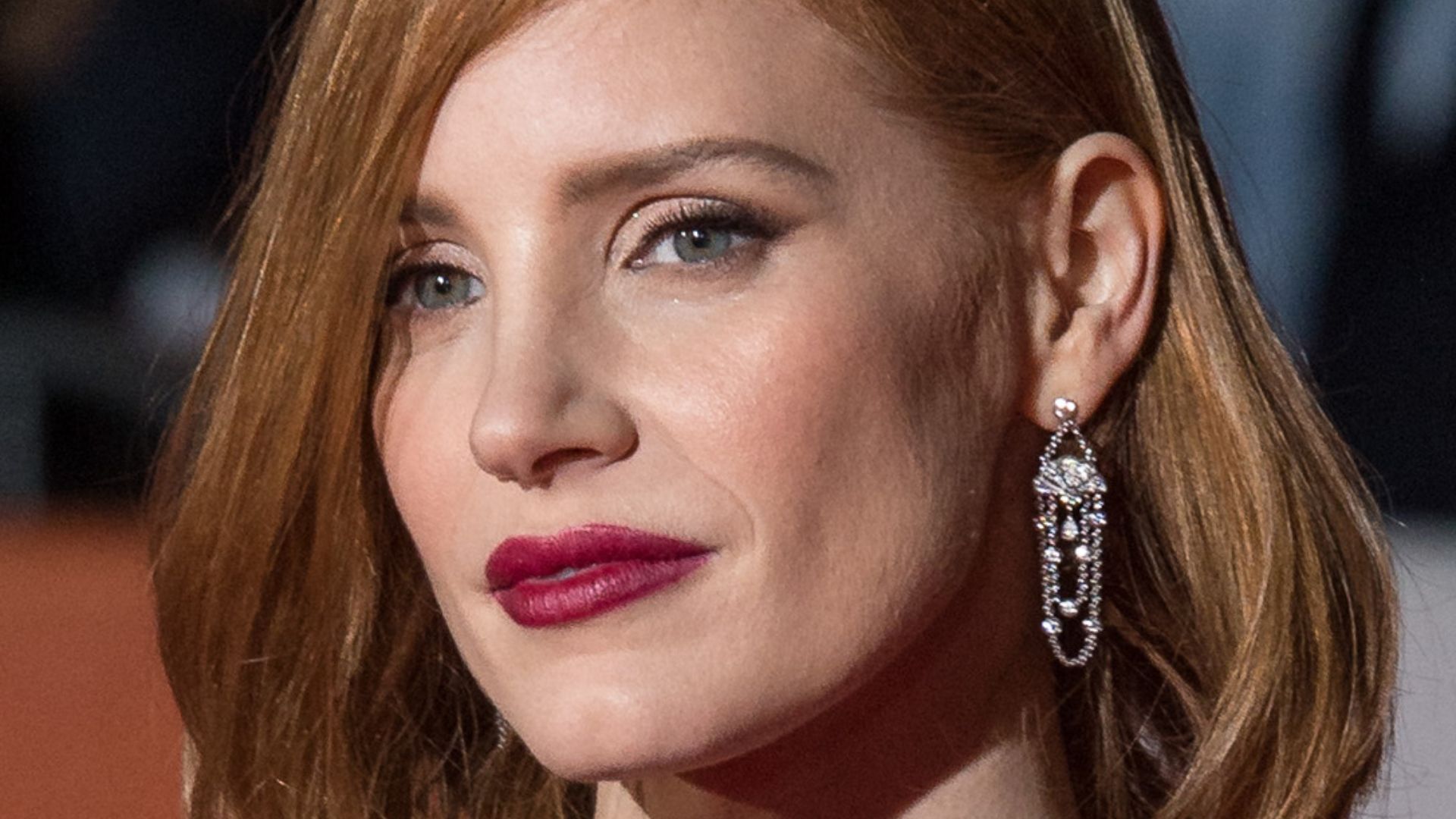 Bill Ingalls, Wikimedia Commons
Bill Ingalls, Wikimedia Commons
Viola Davis
Criticism about her appearance has shadowed Viola Davis throughout her career. Despite her formidable skill, she was repeatedly told she wasn’t “classically beautiful” enough for leading roles. Even after landing How to Get Away with Murder, detractors questioned her suitability for the glamorous world of network drama. But boy, were they wrong!
 Gage Skidmore from Peoria, AZ, United States of America, Wikimedia Commons
Gage Skidmore from Peoria, AZ, United States of America, Wikimedia Commons
Ryan Gosling
Ryan Gosling once lost a major role to his own commitment. Preparing for The Lovely Bones, he drank melted Haagen-Dazs to gain weight, convinced realism demanded it. Director Peter Jackson disagreed and replaced him, revealing Hollywood’s paradox—praising transformation yet rejecting it when it strays from aesthetic ideals.
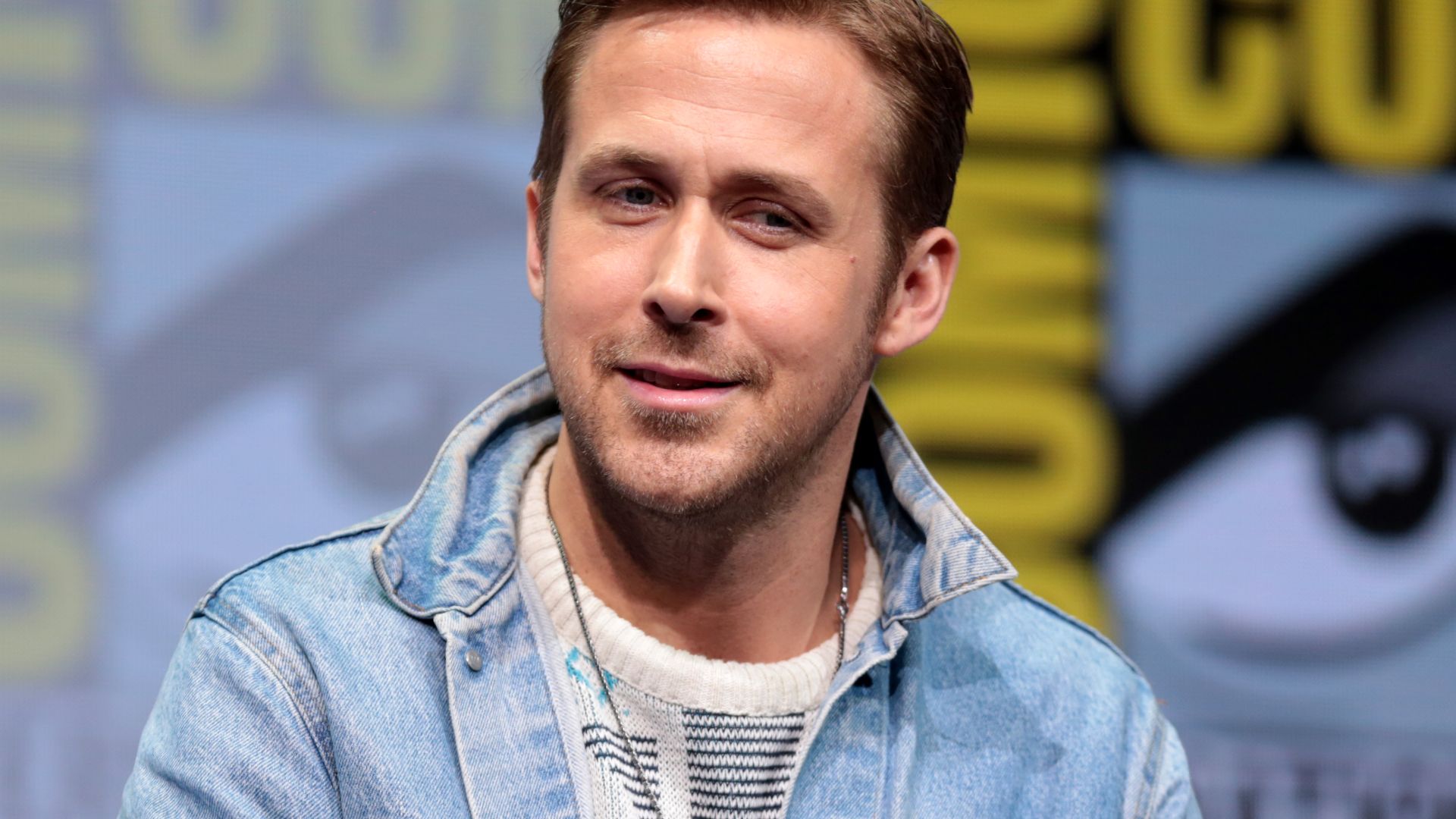 Gage Skidmore from Peoria, AZ, United States of America, Wikimedia Commons
Gage Skidmore from Peoria, AZ, United States of America, Wikimedia Commons
Kate Winslet
The Oscar-winning powerhouse, Kate Winslet, faced blunt rejections centered entirely on body image. Casting directors labeled her “too fat” for leading roles, insisting she accept only “fat girl parts”. Those comments underestimated the very quality that would define her career: emotional realism unbound by superficial standards.
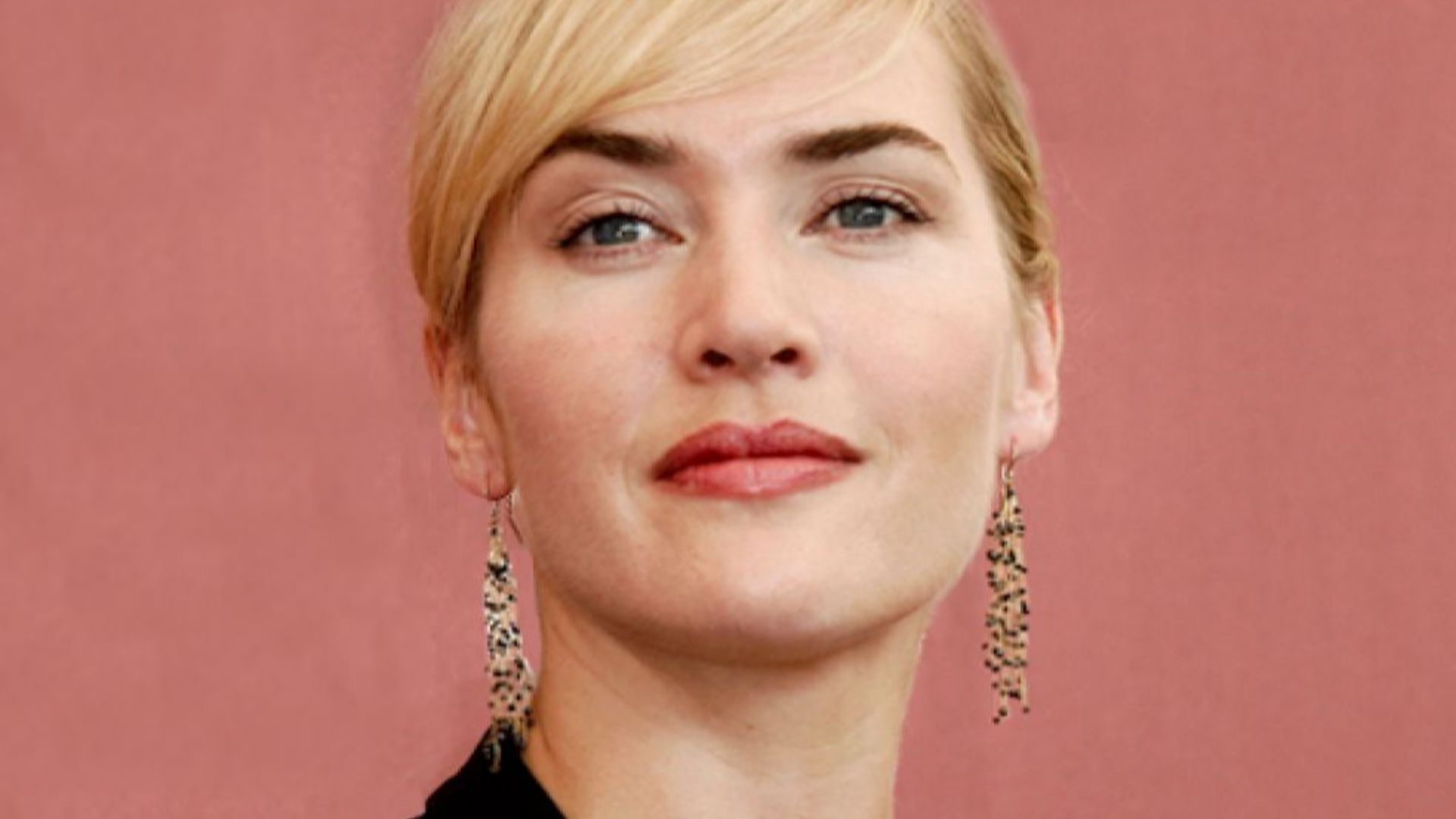 Andrea Raffin, Wikimedia Commons
Andrea Raffin, Wikimedia Commons
Kate Winslet (Cont.)
Winslet defied every limitation imposed on her by choosing authenticity over compliance. Her later success exposed Hollywood’s inability to recognize that greatness has never depended on fitting a particular shape or size.
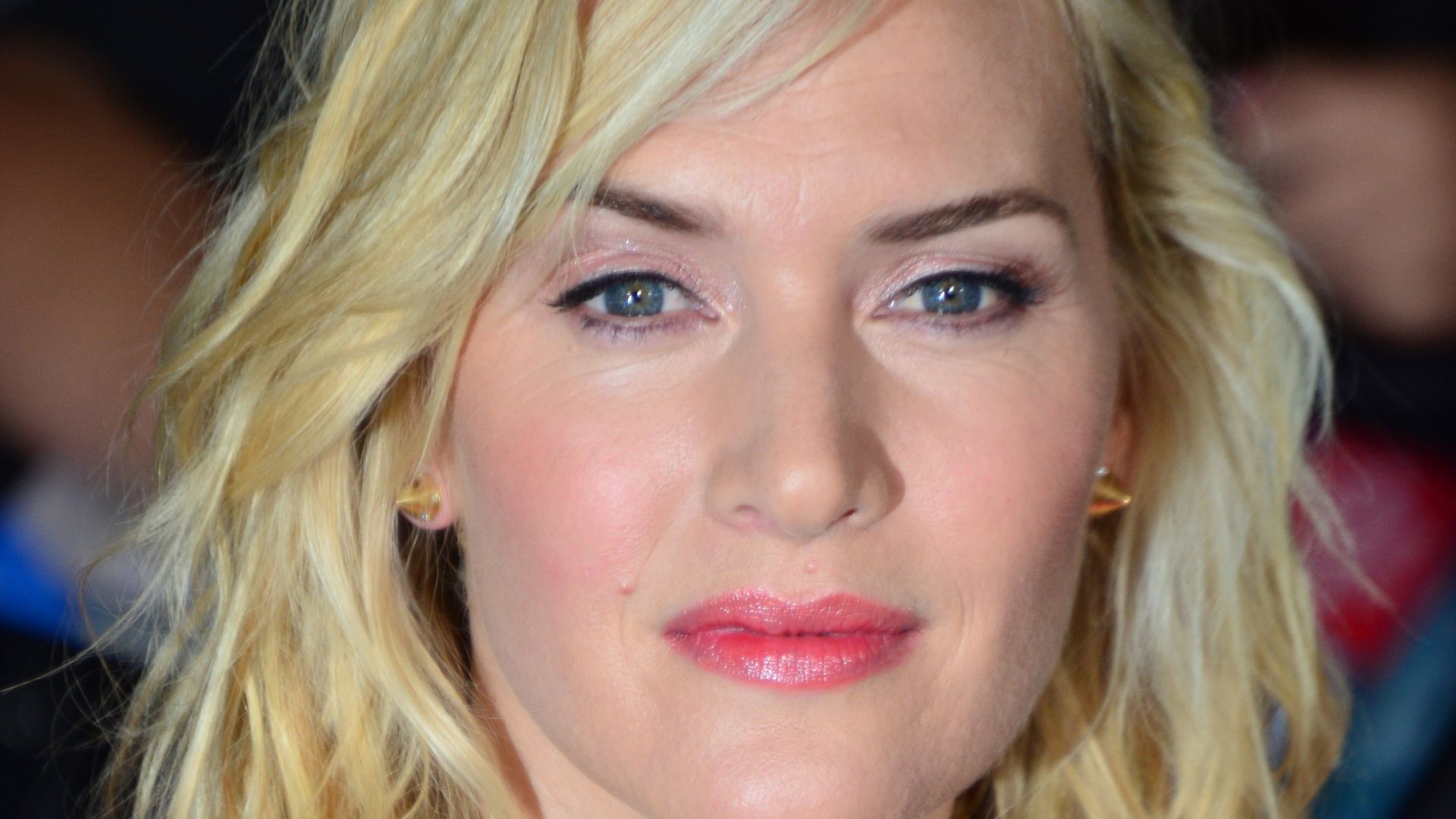 Mingle Media TV, Wikimedia Commons
Mingle Media TV, Wikimedia Commons
John Leguizamo
Few actors have challenged Hollywood’s ethnic gatekeeping as openly as John Leguizamo. Despite his range and accolades, he was often told he was “too Latino” or that studios had filled their “Latin quota”. Such remarks exposed an industry preaching diversity while quietly preserving limiting, image-driven stereotypes.
 David Shankbone, Wikimedia Commons
David Shankbone, Wikimedia Commons
Melissa McCarthy
Melissa McCarthy’s comedic genius often masked the prejudice she faced on her way up. Despite undeniable talent, she was repeatedly told she was “too big” for leading roles and urged to stick to supporting comedic roles. The pattern reflected an industry comfortable with plus-sized actors only when used as punchlines.
 Mingle MediaTV, Wikimedia Commons
Mingle MediaTV, Wikimedia Commons
Melissa McCarthy (Cont.)
Her breakout in Bridesmaids changed that narrative, proving that humor, heart, and confidence command attention regardless of size. Many consider that her ascent reveals how audiences, not gatekeepers, ultimately decide which stories—and bodies—belong on screen.
 https://www.flickr.com/photos/greg2600, Wikimedia Commons
https://www.flickr.com/photos/greg2600, Wikimedia Commons
Henry Cavill
Few careers illustrate Hollywood’s shifting standards better than Henry Cavill’s. Once hailed as the perfect Superman, he was later replaced when DC decided their next Man of Steel should be younger. But this wasn’t the first time.
 ryanmorrisonjsy, Wikimedia Commons
ryanmorrisonjsy, Wikimedia Commons
Henry Cavill (Cont.)
Years earlier, Casino Royale director Martin Campbell told a 21-year-old Cavill he wasn’t “lean enough” to play James Bond, while Twilight author Stephenie Meyer’s dream Edward Cullen was rejected as “too mature.” His experiences expose Hollywood’s irony—an industry obsessed with beauty yet quick to punish those who embody it differently.
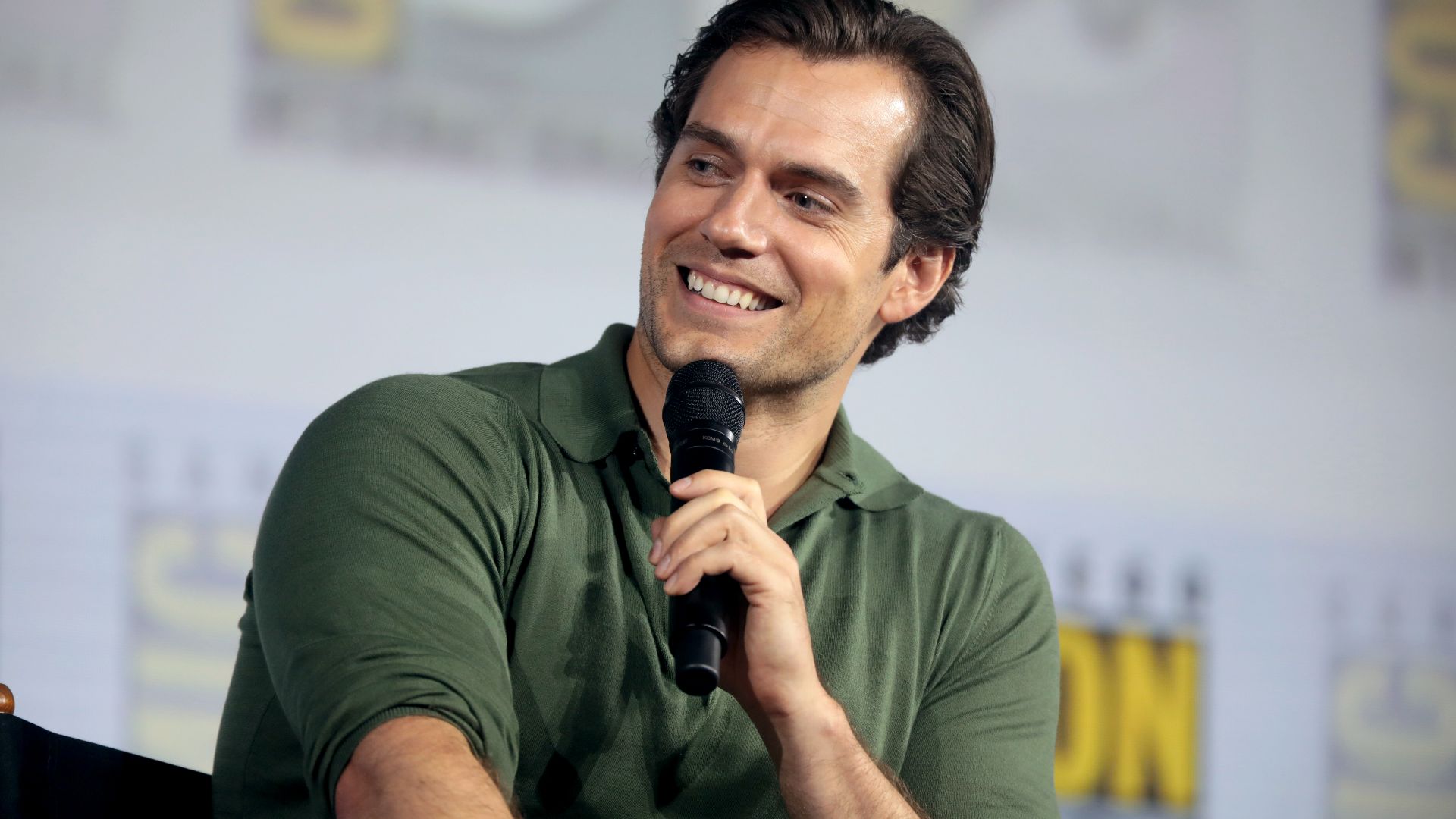 Gage Skidmore from Peoria, AZ, United States of America, Wikimedia Commons
Gage Skidmore from Peoria, AZ, United States of America, Wikimedia Commons

